Agellis®
Tellusgatan 15
22457 Lund
Sweden
We offer the markets most flexible systems for ladle slag detection, tundish true steel level and mould level measurement. As one provider for all systems they can be delivered as one package or as standalone systems depending on the needs of our customers. To ensure maximal safety at the caster, we supply a ladle fleet integrity monitoring system to inspect and automatically rate every unit before it is sent to the caster.
The risk of a ladle breakout will always be present when handling liquid metal with equipment damage and loss of production as the costly consequences. Your production and operation routines could minimise this risk, but the fact remains; as long as liquid metal is transported using ladles – ladle breakouts will occur from time to time.
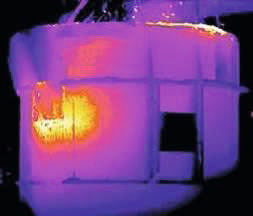
Are you constantly concerned about the potential risks of metal breakouts?
Are you feeling that your ladle refractories sometimes could last a few more heats, but you must think of safety first?
Would you feel more confident in pushing the ladle refractory lifetime if a system scanned every ladle before it was sent to the casting bay?
If the answer to any of the above is YES, VISIR-LadleSafe is what you are looking for. VISIR-LadleSafe is based on infrared camera technology using data analysis to evaluate the steel structure thermal status of your ladles.
The crane operator positions the ladle in the measurement position which is usually located at the end of the liquid metal processing stage, just prior to reaching the casting bay. He ensures that all sides of the ladle are inside the field of view of the thermal cameras.
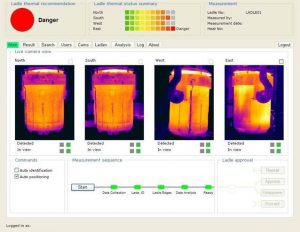
Once the ladle is in position, the crane operator starts the measurement by the use of a touch screen monitor. The system reads the ladle I.D, performs a few checks, and then starts taking thermal data used for the analysis. Typically the analysis result of the thermal status is returned to the crane operator within seconds. The result is summarized in a recommendation which assists the crane operator in tracking down dangerous ladles. Based on the analysis results the operator decides if the ladle is safe to continue using.
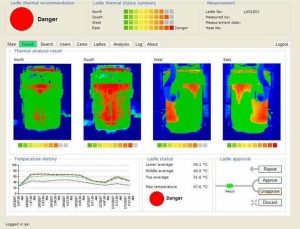
The operator is also given the opportunity to study some parts of the ladle analysis in detail, as well as study a graphical display of the previous measurement results of the same ladle.
The EMLI-LadeSlag system continuously monitors steel flow during ladle teeming at the caster and provides alarm outputs at the onset of slag in the stream. These outputs can be used to immediately end teeming by gate closure, while also giving visual and audible alarms.
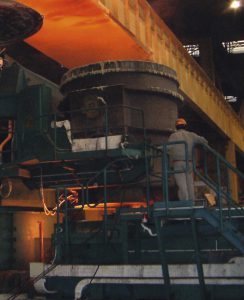
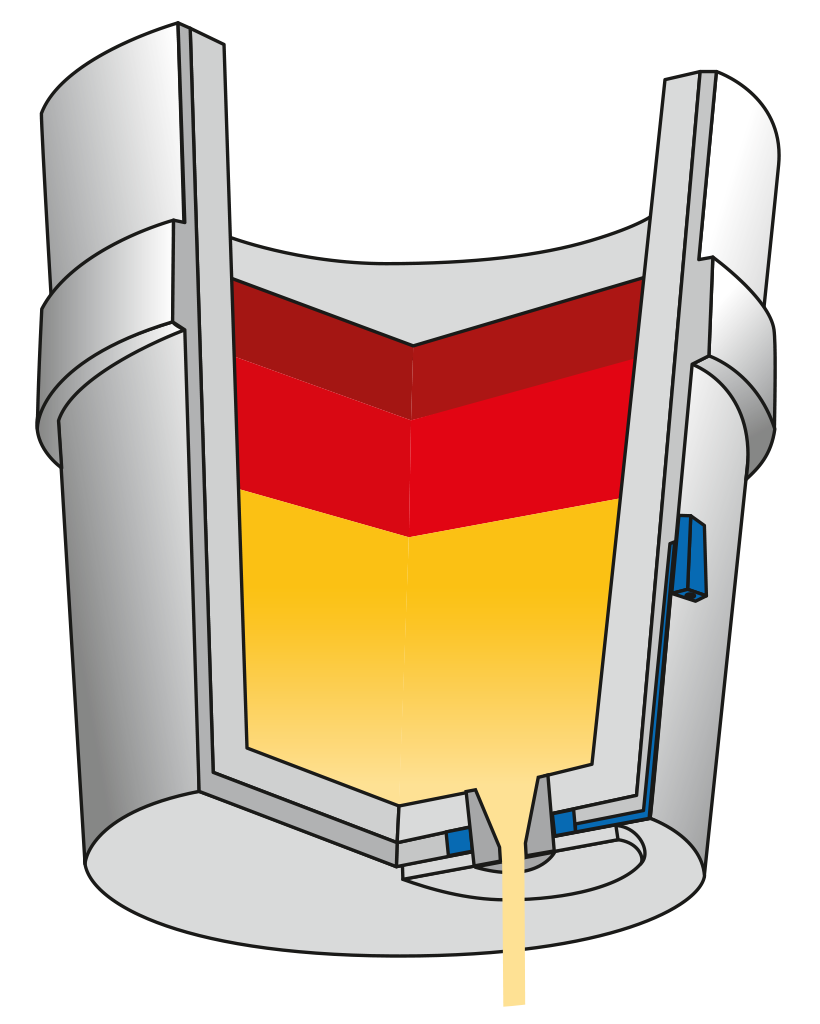
The Agellis EMLI sensors/cabling are customized to fit any ladle and sliding-gate arrangement with only minimal modification to existing equipment.
The two sensor configuration means only a single sensor needs replacement if there is a breakage, thus reducing maintenance costs and making the EMLI-LadleSlag more cost effective to run than other systems. Exchange of a sensor is quick and easy and can be performed at the same time as gate plate replacement of repair.
The Management Unit is capable of running up to 4 Control Units of the same or different EMLI system types. This enables the user to expand the system to run extra slag detection systems or add mold level or tundish level measurement systems.
All EMLI system types have compatible parts so that means stocking spares is both simple and cost effective.
EMLI-TundishLevel provides the operator with extremely sensitive measurement of the true metal level in a continuous casting tundish and runner, irrespective of the amount of slag or powder present.
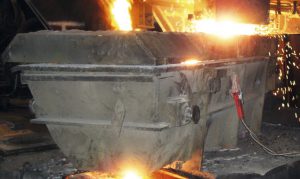
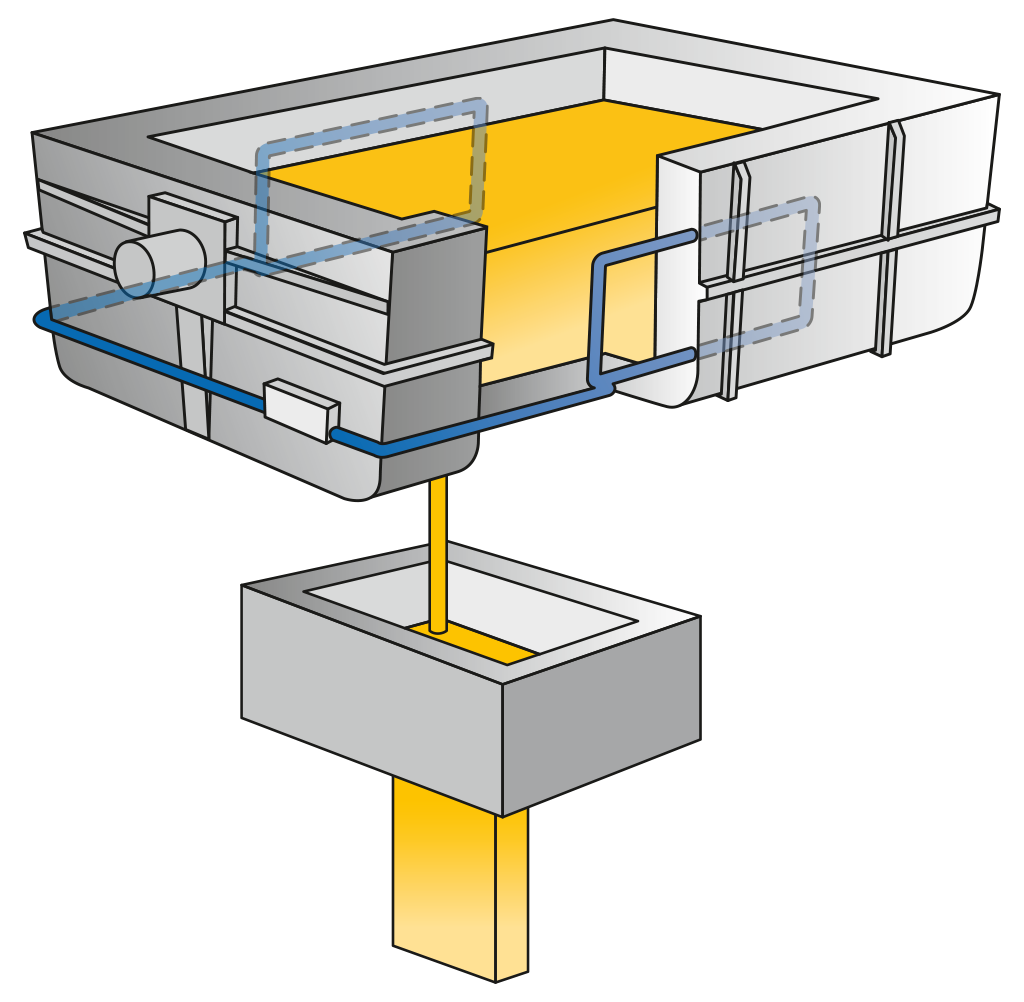
With a measurement range over the full depth of the tundish, the operator will always have precise information about the metal level, be able to maintain the correct pressure head and also to drain the tundish while preventing slag carryover to the mould, thus increasing yield. Individual tundish identification assists system function and improves customer process control.
Automatic calibration, high & low level alarms, self-diagnostics, multiple input/output options and continuous data logging, enable the system to be compatible with all customer operating procedures and control requirements. Plant tested components make the EMLI system extremely durable with low maintenance costs. Sensors are mounted against the inside wall of the tundish, are cover protected and sensor tails exit through compression fittings to heavy duty connectors on the outside. The sensors require no special handling or cooling and are able to run at 900 degrees C continuously while resisting chemical corrosion.
The EMLI-MouldLevel Suspended sensor continuously monitors metal level in the mould during casting and provides outputs to control the flow to maintain desired operating levels.
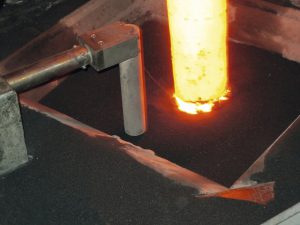
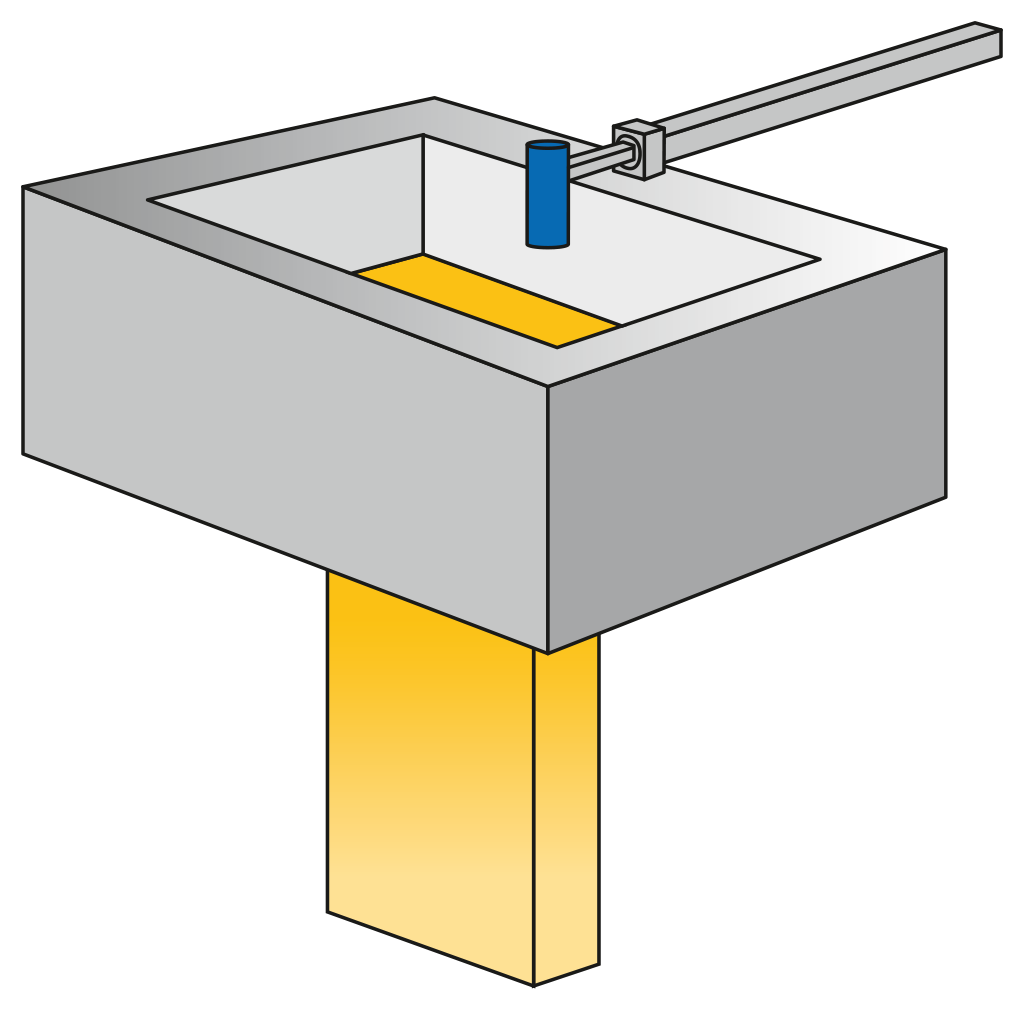
EMLI-MouldLevel Suspended is the most advanced electromagnetic mould level measurement system available on the market. It is exceptionally accurate and reliable. The flexible electronics platform ensures an easy installation and a wide array of options is available. The automatic calibration rig performs a full 21 point calibration in a matter of a few minutes, making sure that maintenance procedures demand a minimum of resources and can be performed in a very short period of time.
The user friendly software allows easy access to running information at all times from the Control room or any other desired service access point using LAN access. Agellis offers two types of suspended sensors, a thin 40mm diameter and a larger 90mm diameter sensor making sure the mold level system can be used with optimal performance in most bloom and slab formats.
The EMLI-MouldLevel Edge unit continuously monitors metal level in the mold during casting and provides outputs to control the flow to maintain desired operating levels. High and low levels are all indicated and displayed as required.
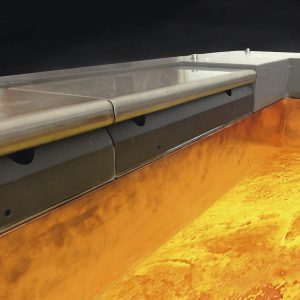
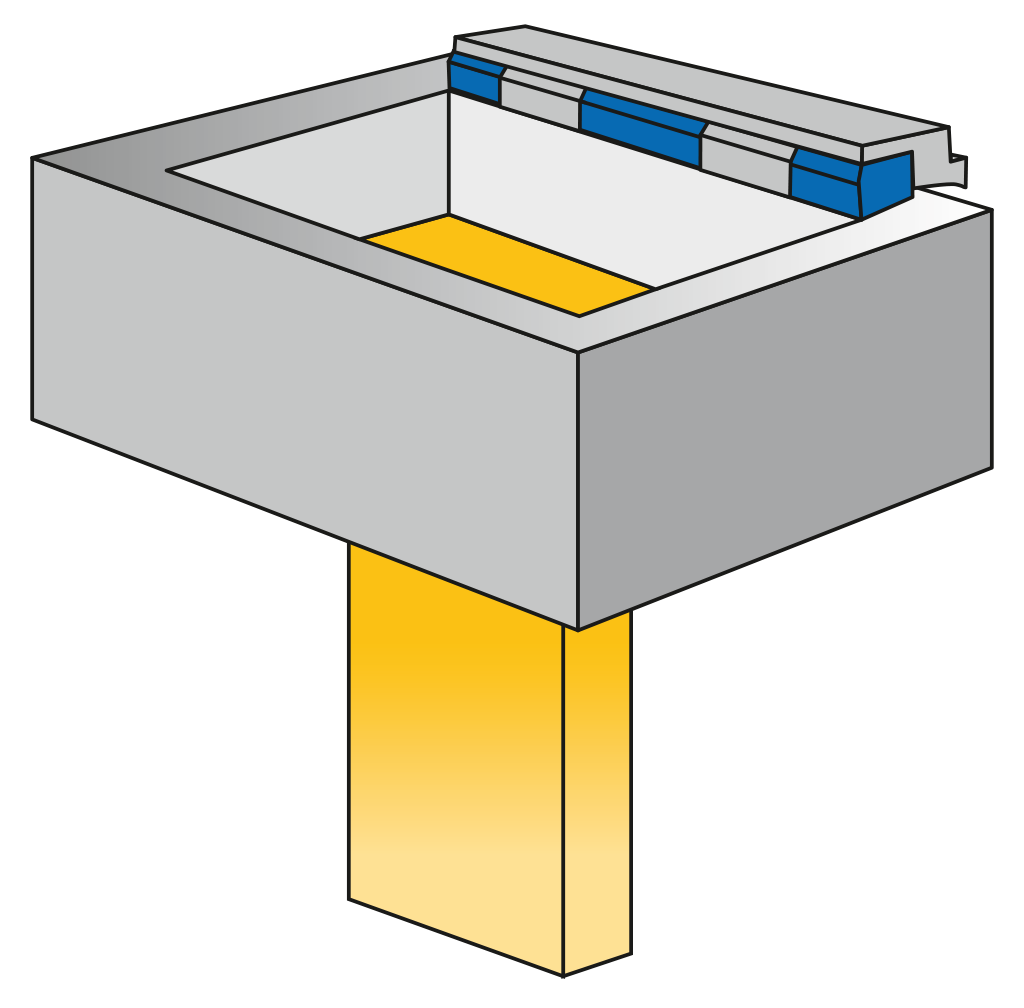
EMLI-MouldLevel Edge is the most advanced electromagnetic mould level measurement system available on the market. It is exceptionally accurate and reliable. The flexible electronics platform ensures an easy installation and a wide array of options is available. The automatic calibration rig performs a full 21 point calibration in a matter of minutes, making sure that maintenance procedures demand a minimum of resources and can be performed in a very short period of time.
The user friendly software allows easy access to running information at all times from the Control room or any other desired service access point using internal LAN access network. The water cooled sensors are designed for the extreme conditions found in the CCM environment, making sure the mold level system can be used with optimal performance in most slab formats. The sensors are built in a modular way to simplify maintenance and keep costs to a minimum. The design allows several configurations such as multi-point measurements (bias flow) and offers the possibility to equip the system with a separate back-up sensor unit to assure continued production.